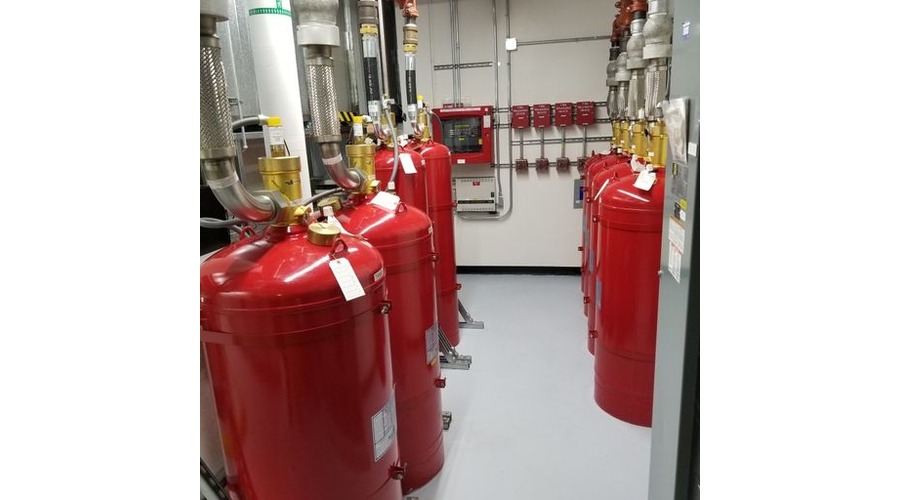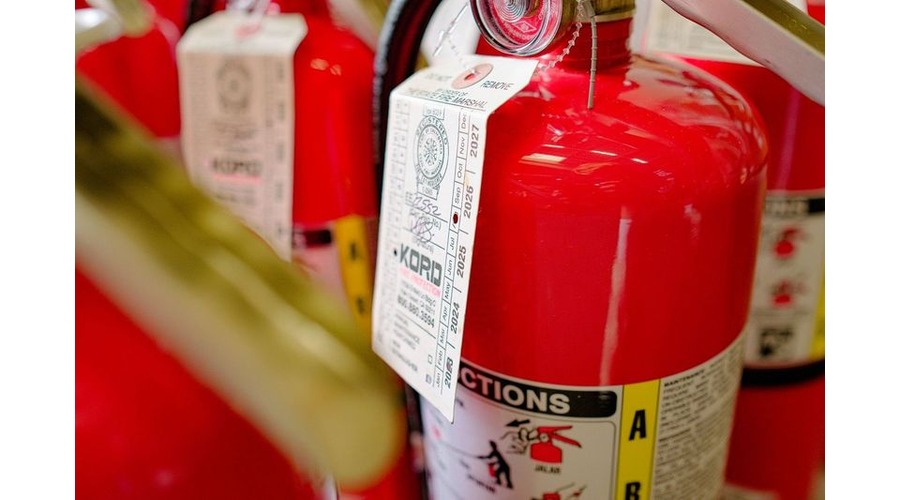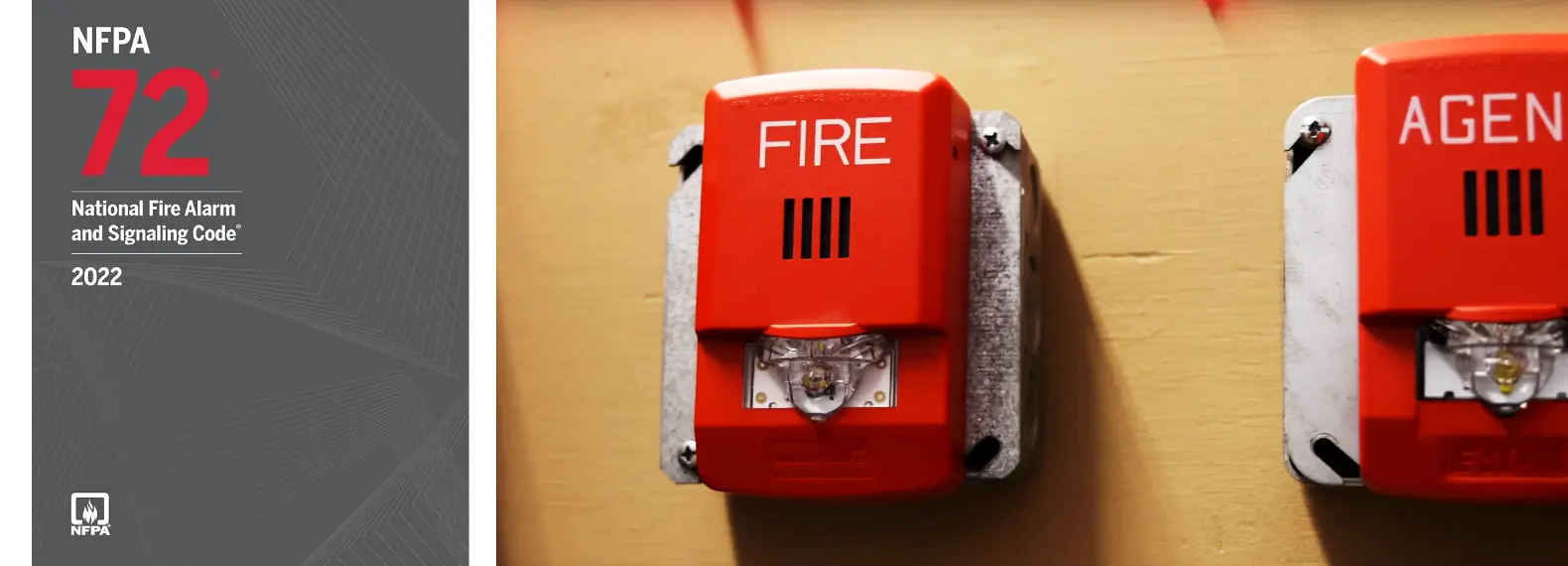

NFPA 72 Overview: Fire Alarm System Design, Installation, and Testing
What is Nfpa 72?
NFPA 72 is apart of the National Fire Alarm, and Signaling Code, and is known widely as as a recognized standard that has been developed and published by the National Fire Protection Association, or NFPA for short. When installing or searching for fire alarm or signaling systems, make sure to check if this NFPA Code Standard is followed. As it is important not only for your property or business, but also to protect the life in it. Here is a quick NFPA 72 Overview.
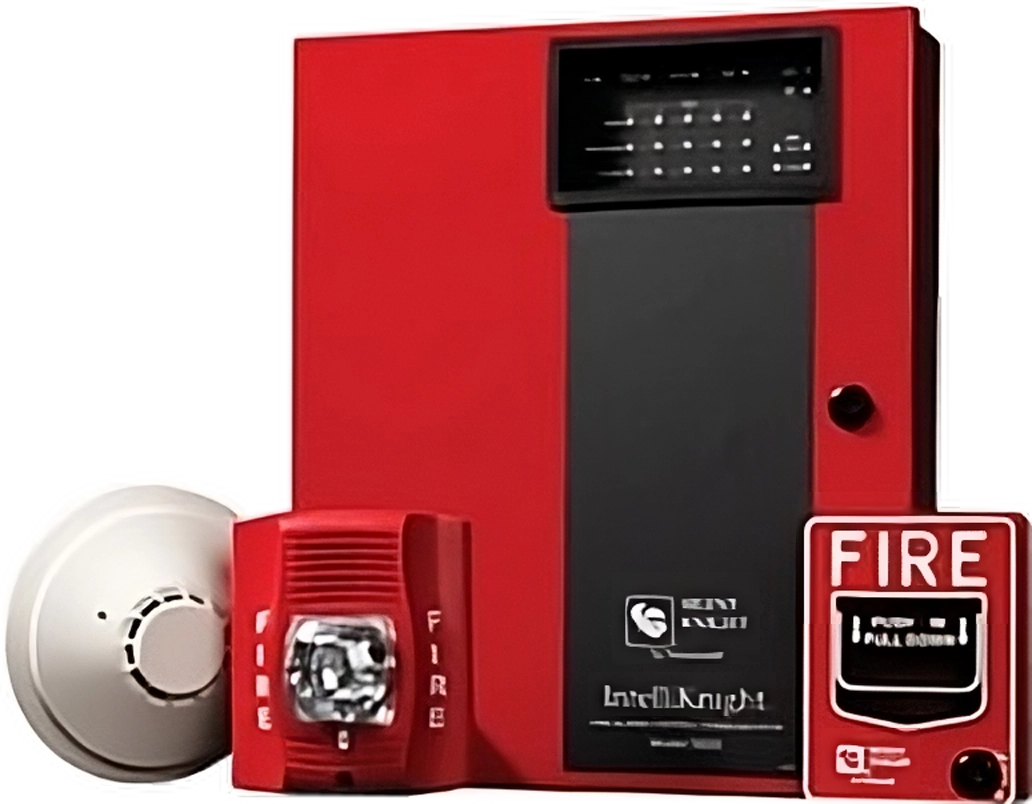

When it comes to this NFPA Standard, it is important to remember that it is mainly for the design, installation, maintenance, and testing for fire alarm systems.
The code encompasses a lot of building types. Such as assembly, business, daycare, education, healthcare, residential, and high-rise buildings.
This standard is updated every three years, the National Fire Alarm and Signaling Code, serves as a comprehensive guide. It reflects the latest research and best practices in fire safety, in order to maintain public safety whether on personal, private, or commercial property.
For fire safety professionals and building owners, NFPA 72 is invaluable. It guides them in designing, installing, inspecting, testing, and maintaining fire alarm systems to protect lives and properties from fire hazards.
Have any questions? Don’t hesitate to call!
What are the specific NFPA 72 requirements?
For your convenience, here is a summarized NFPA 72 Overview detailing the specific requirements.
1. System Design and Installation:
- Specifications for the design and installation of fire alarm systems.
- Guidelines for system zoning and separation. This helps ensure accuracy, and helps ensure that fire alarms are precise in their response.
2. Initiating Devices:
- Requirements for smoke detectors, heat detectors, manual pull stations, and other devices that initiate the alarm.
3. Notification Devices:
- This requirement demands that the alarm has a audible and a visible cue/notification like a horn, strobe light, or even a speaker going of alerting of a fire. In order to safely guide people out of the premises.
4. Control Units:
- Set standards for fire alarm panels and displays. To simplify, it acts as the brain of the fire alarm system. It does this by monitoring all the inputs and controlling all the outputs. This unit also goes by the Fire Alarm Panel.
5. Testing and Inspection of a Fire Alarm:
- This involves testing the fire alarms sensors and detectors to ensure it functions like it is suppose too.
- Next would be to test for audibility and strobe lighting to make sure they work as intended.
- Following the list, next is testing the battery backup system and ensure proper functionality.
- If false or improper response, troubleshoot for common issues.
6. Record Keeping:
- Keeping a thorough record of fire alarm maintenance work is essential for regulatory compliance and also for insurance uses. Our techs will document the date, time, and the details when a test is done. This will include any issues that may arise as well as solutions.
7. Monitoring and Emergency Communication:
- NFPA standards for monitoring and communication methods for a fire alarm system. All fire alarm systems have a 24/7 power backup in order for functionality even in the event of a power outage.
- The emergency communication system in a fire alarm is intended to communicate information about an emergency whether it is human caused or not. This is an essential component to a fire alarm system.
NFPA Fire Alarm System Testing
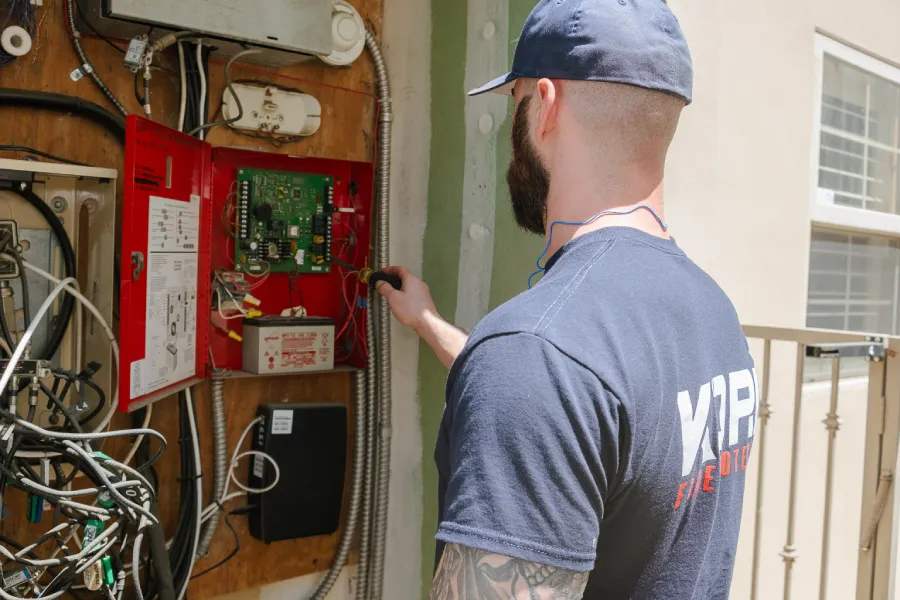

One of the most crucial aspects of maintaining fire alarm systems is ensuring they are properly tested and inspected. NFPA 72 provides specific guidelines for testing the system’s sensors, detectors, and response capabilities to ensure they work as intended. Here’s a look at the key steps involved in NFPA fire alarm system testing:
1. System Design and Installation:
- Specifications for the design and installation of fire alarm systems.
- Guidelines for system zoning and separation. This helps ensure accuracy, and helps ensure that fire alarms are precise in their response.
2. Initiating Devices:
- Requirements for smoke detectors, heat detectors, manual pull stations, and other devices that initiate the alarm.
3. Notification Devices:
- This requirement demands that the alarm has a audible and a visible cue/notification like a horn, strobe light, or even a speaker going of alerting of a fire. In order to safely guide people out of the premises.
4. Control Units:
- Set standards for fire alarm panels and displays. To simplify, it acts as the brain of the fire alarm system. It does this by monitoring all the inputs and controlling all the outputs. This unit also goes by the Fire Alarm Panel.
5. Testing and Inspection of a Fire Alarm:
- This involves testing the fire alarms sensors and detectors to ensure it functions like it is suppose too.
- Next would be to test for audibility and strobe lighting to make sure they work as intended.
- Following the list, next is testing the battery backup system and ensure proper functionality.
- If false or improper response, troubleshoot for common issues.
6. Record Keeping:
- Keeping a thorough record of fire alarm maintenance work is essential for regulatory compliance and also for insurance uses. Our techs will document the date, time, and the details when a test is done. This will include any issues that may arise as well as solutions.
7. Monitoring and Emergency Communication:
- NFPA standards for monitoring and communication methods for a fire alarm system. All fire alarm systems have a 24/7 power backup in order for functionality even in the event of a power outage.
- The emergency communication system in a fire alarm is intended to communicate information about an emergency whether it is human caused or not. This is an essential component to a fire alarm system.
Contact an expert at Kord Fire Protection for NFPA 72 Code Compliance
If you have any questions still regarding this NFPA code or any other guidelines, or want to make sure that your business is compliant with the necessary local and state codes and regulations. Don’t hesitate to contact us! From design, planning, installation, to testing and repairs, Kord has years of experience in the fire protection business, and always ready to get you and your business up to code.

